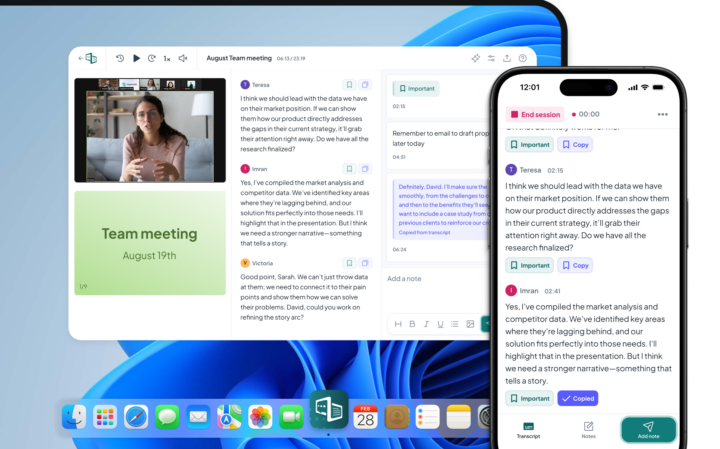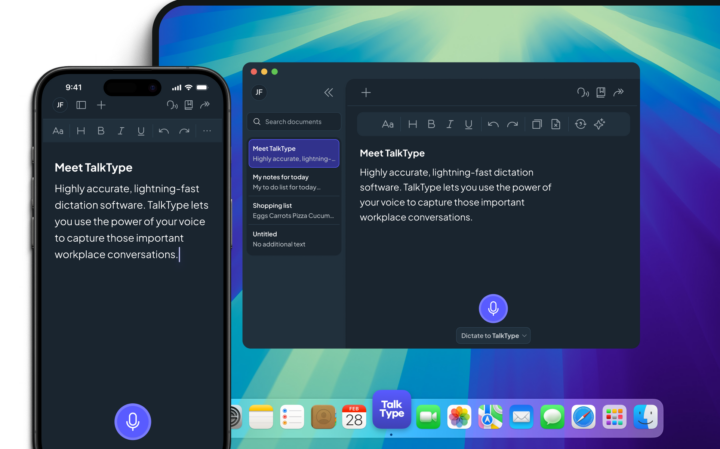Understanding Hyperlexia
What causes hyperlexia?
The exact causes of hyperlexia are not fully understood, but research suggests a combination of genetic and neurological factors may play a role. It is frequently observed in children with autism spectrum disorder (ASD), suggesting a potential link between the two. However, hyperlexia can also occur independently.
What are the types of hyperlexia?
Hyperlexia is often categorised into three types:
- Hyperlexia I: Occurs in neurotypical children who exhibit early reading skills.
- Hyperlexia II: Occurs in children with autism spectrum disorder (ASD).
- Hyperlexia III: Occurs in children who exhibit early reading skills but also display significant social communication difficulties.
Is Hyperlexia Common?
Hyperlexia is considered relatively rare, but its exact prevalence is difficult to determine. This is due to variations in how hyperlexia is defined and diagnosed and because it can sometimes be masked by or confused with other conditions. While it’s estimated that around 6%-14% of children with autism have hyperlexia, 84% of children with hyperlexia are on the autism spectrum, reminding us that hyperlexia occurs outside of autism as well.




